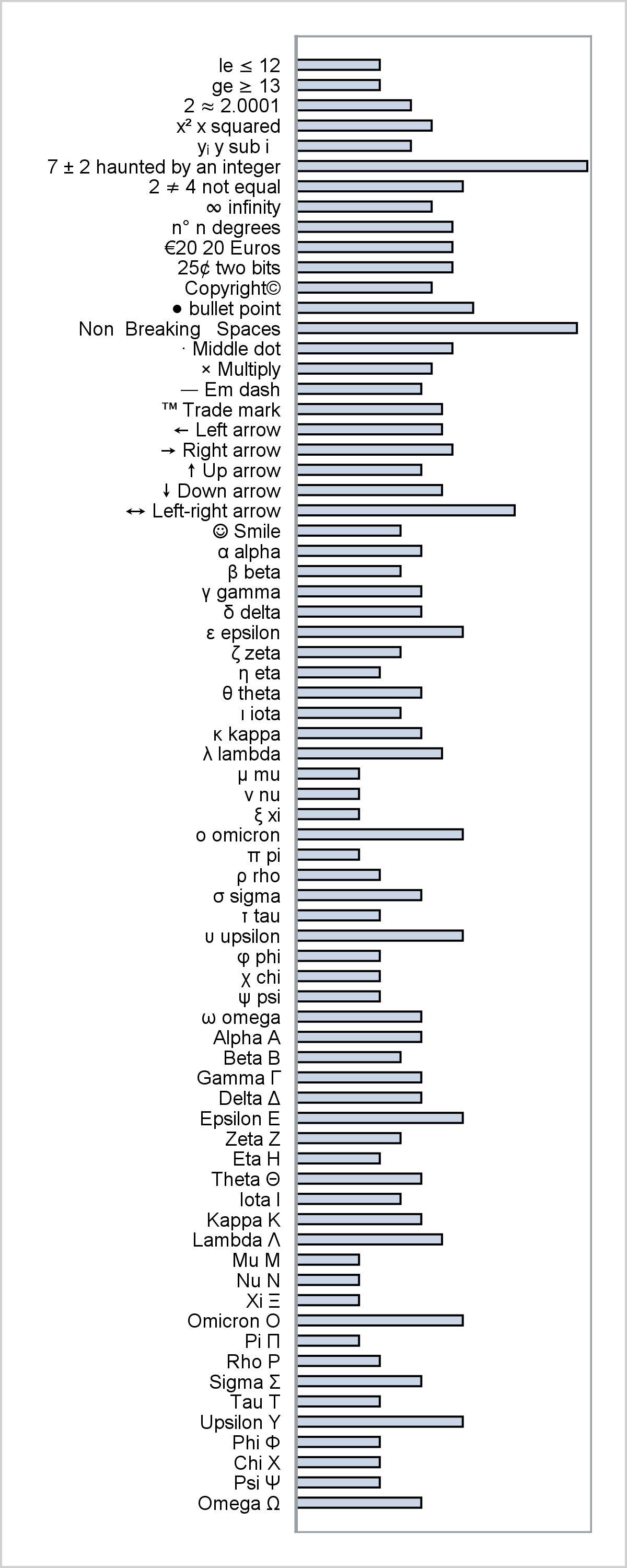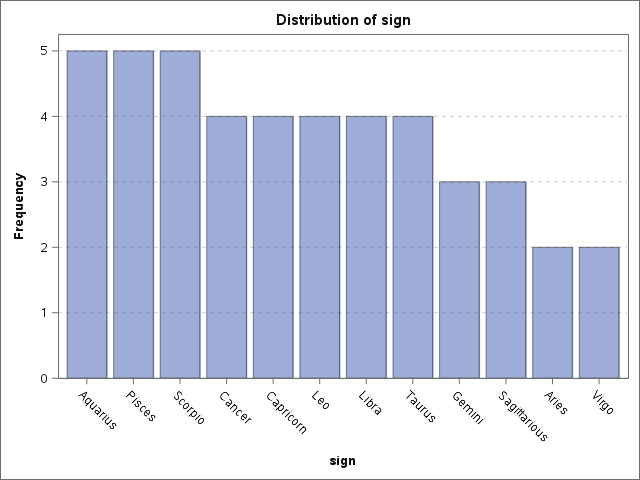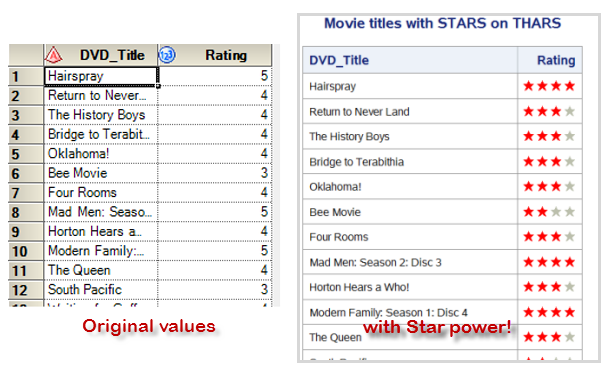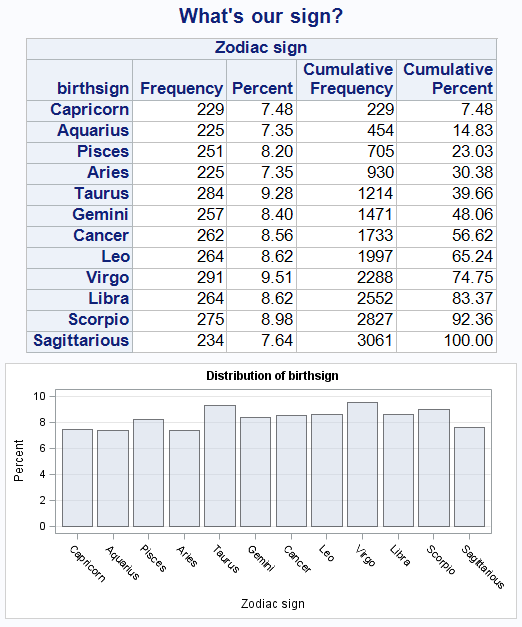
In my previous blog, you saw how to create a Beale cipher. In this blog, you will see a program that can decode a Beale cipher. As a reminder, here is a list of numbers that you can use as a substitute for a letter when creating your cipher. Now,

In my previous blog, you saw how to create a Beale cipher. In this blog, you will see a program that can decode a Beale cipher. As a reminder, here is a list of numbers that you can use as a substitute for a letter when creating your cipher. Now,

This blog post, inspired by my work on this topic with a SAS customer, focuses on how to create and use locale-specific informats to read in numeric values from a Microsoft Excel file and then transform them into SAS character values. I incorporated this step into a macro that transforms ones and zeroes from the Excel file into meaningful information for multilingual readers.

During my 35 years of using SAS® software, I have found the CNTLIN and CNTLOUT options in the FORMAT procedure to be among the most useful features that I routinely suggest to other SAS users. The CNTLIN option enables you to create user-defined formats from a SAS data set (input

This post provides a general macro that enables you to easily display special characters (Unicode) in axis table columns.

The title of this post borrows from Stanley Kubrick’s 1964 comedy “Dr. Strangelove or: How I Learned to Stop Worrying and Love the Bomb.” It stars the great Peter Sellers as the titular character as well as George C. Scott and Slim Pickens. The black and white film is strange

Rick Wicklin showed us how to visualize the ages of US Presidents at the time of their inaugurations. That's a pretty relevant thing to do, as the age of the incoming president can indirectly influence aspects of the president's term, thanks to health and generational factors. As part of his

Now, the Star-Belly Sneetches Had bellies with stars. The Plain-Belly Sneetches Had none upon thars. - from "The Sneetches", by Dr. Seuss Recently a user on the SAS-L mailing list had this challenge: "I would like to display stars in a table (created by PROC REPORT) based on variable values.

Rick Wicklin and I are engaged in an arms race of birthday-related blog posts. To recap: Rick analyzed national data about births in the USA and what time of year they are most likely to occur. I responded by analyzing the birthdays of my Facebook friends. Rick responded by analyzing